*NURSING > HESI > HESI Chemistry Questions with Correct Answers and Elaborate Answer Explanations (All)
HESI Chemistry Questions with Correct Answers and Elaborate Answer Explanations
Document Content and Description Below
HESI Chemistry Questions with Answers and Explanations 1. Which of the following substances allows for the fastest diffusion? A. gas B. solid C. liquid D. plasma Explanation: Diffusion is fastes... t through gases. The next fastest medium for diffusion is liquid, followed by plasma, and then solids. In chemistry, diffusion is defined as the movement of matter by the random motions of molecules. In a gas or a liquid, the molecules are in perpetual motion. For instance, in a quantity of seemingly immobile air, molecules of nitrogen and oxygen are constantly bouncing off each other. There is even some miniscule degree of diffusion in solids, which rises in proportion to the temperature of the substance. 2. What is the oxidation number of hydrogen in CaH2? A. +1 B. 1 C. 0 D. +2 Explanation: The oxidation number of the hydrogen in CaH2 is –1. The oxidation number is the positive or negative charge of a monoatomic ion. In other words, the oxidation number is the numerical charge on an ion. An ion is a charged version of an element. Oxidation number is often referred to as oxidation state. Oxidation number is sometimes used to describe the number of electrons that must be added or removed from an atom in order to convert the atom to its elemental form. 3. Which of the following does not exist as a diatomic molecule? A. boron B. fluorine C. oxygen D. nitrogen Explanation: Boron does not exist as a diatomic molecule. The other possible answer choices, fluorine, oxygen, and nitrogen, all exist as diatomic molecules. A diatomic molecule always appears in nature as a pair: The word diatomic means “having two atoms.” With the exception of astatine, all of the halogens are diatomic. Chemistry students often use the mnemonic BrINClHOF (pronounced “brinkelhoff”) to remember all of the diatomic elements: bromine, iodine, nitrogen, chlorine, hydrogen, oxygen, and fluorine. Note that not all of these diatomic elements are halogens. 4. What is another name for aqueous HI? A. hydroiodate acid B. hydrogen monoiodide C. hydrogen iodide D. hydriodic acid Explanation: Hydriodic acid is another name for aqueous HI. In an aqueous solution, the solvent is water. Hydriodic acid is a polyatomic ion, meaning that it is composed of two or more elements. When this solution has an increased amount of oxygen, the -ate suffix on the first word is converted to -ic. The HESI exam will require you to know the fundamentals of naming chemicals. This process can be quite complex, so you should carefully review this material before your exam. 5. Which of the following could be an empirical formula? A. C4H8 B. C2H6 C. CH D. C3H6 Explanation: CH could be an empirical formula. An empirical formula is the smallest expression of a chemical formula. To be empirical, a formula must be incapable of being reduced. For this reason, answer choices A, B, and D are incorrect, as they could all be reduced to a simpler form. Note that empirical formulas are not the same as compounds, which do not have to be irreducible. Two compounds can have the same empirical formula but different molecular formulas. The molecular formula is the actual number of atoms in the molecule. 6. What is the name for the reactant that is entirely consumed by the reaction? [Show More]
Last updated: 1 year ago
Preview 1 out of 14 pages

Reviews( 0 )
Document information
Connected school, study & course
About the document
Uploaded On
Sep 18, 2021
Number of pages
14
Written in
Additional information
This document has been written for:
Uploaded
Sep 18, 2021
Downloads
0
Views
52


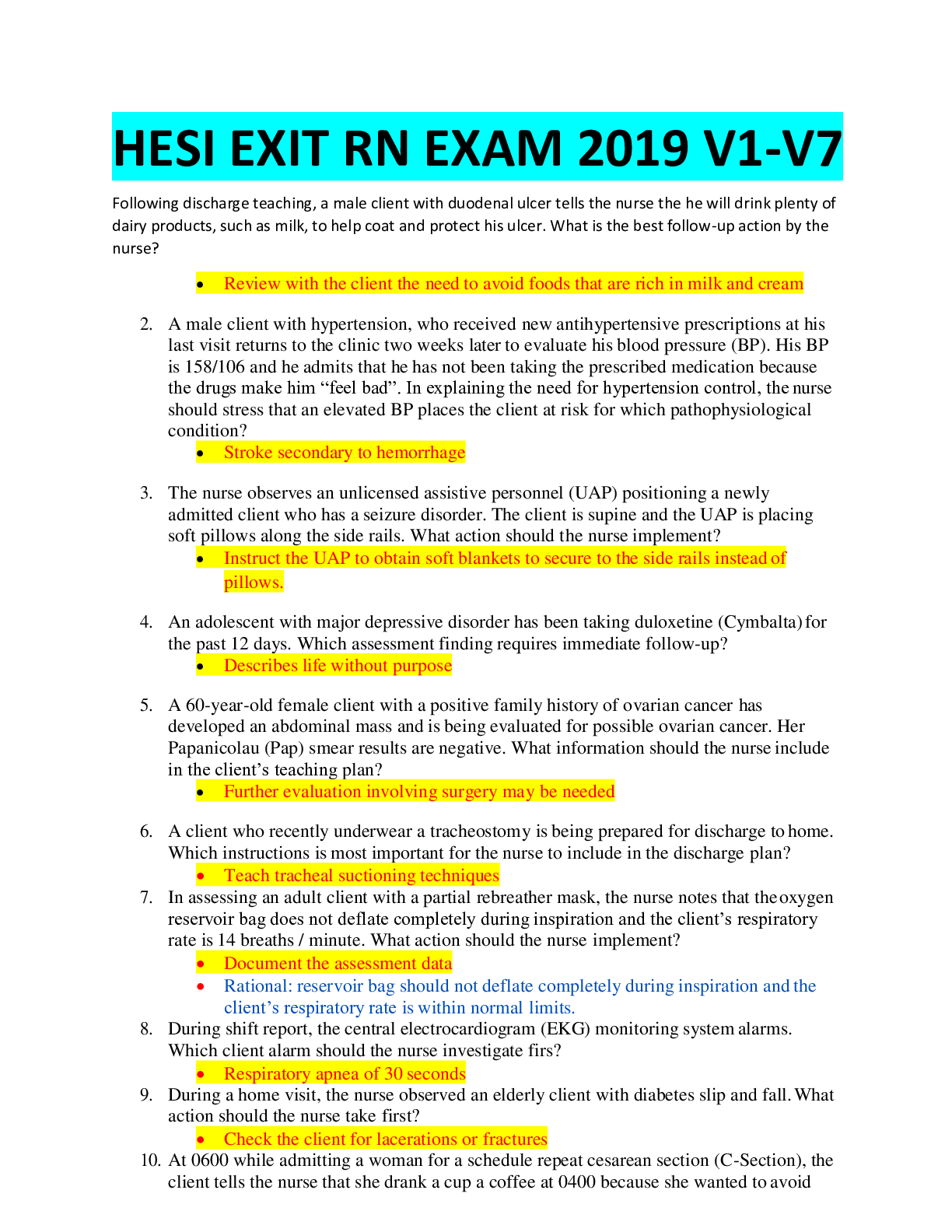
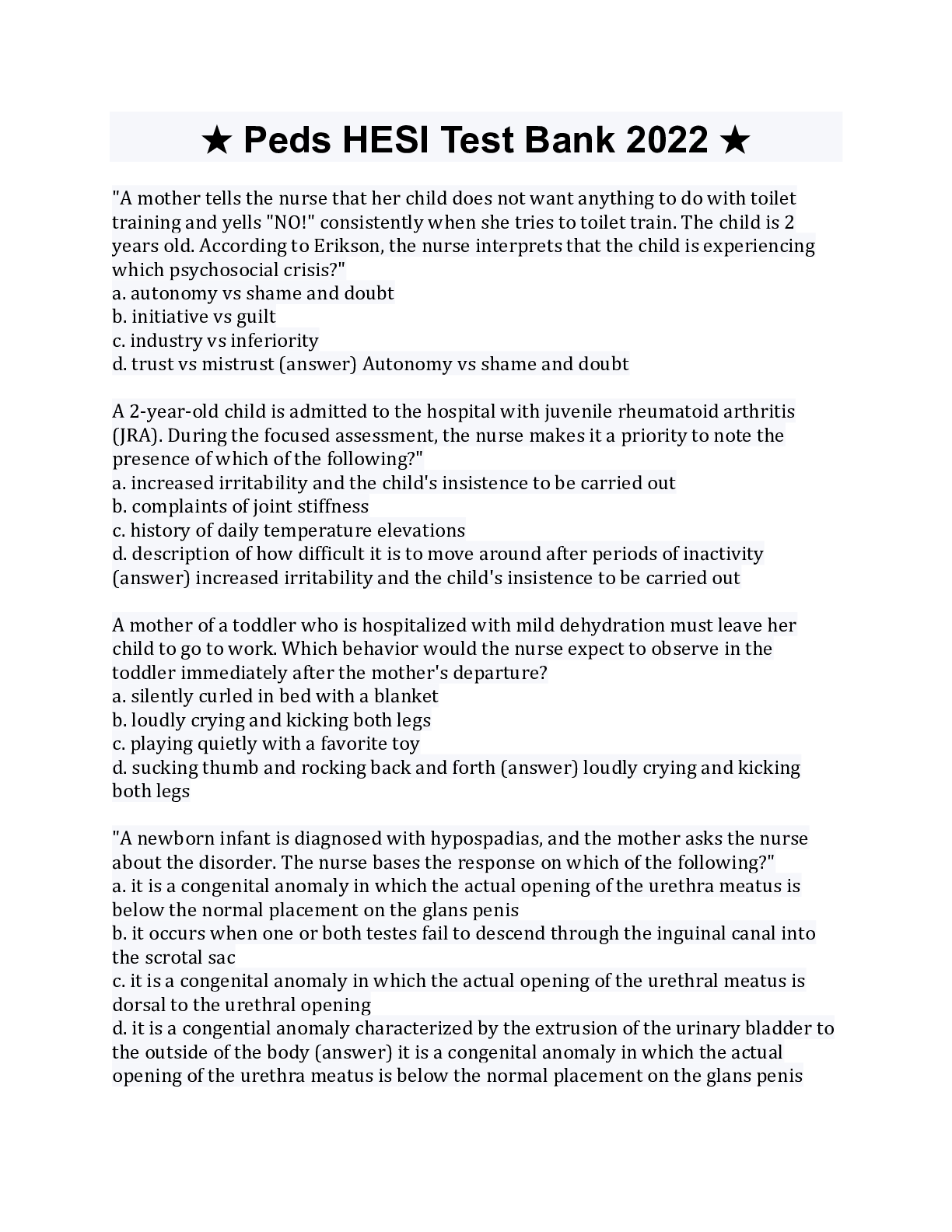
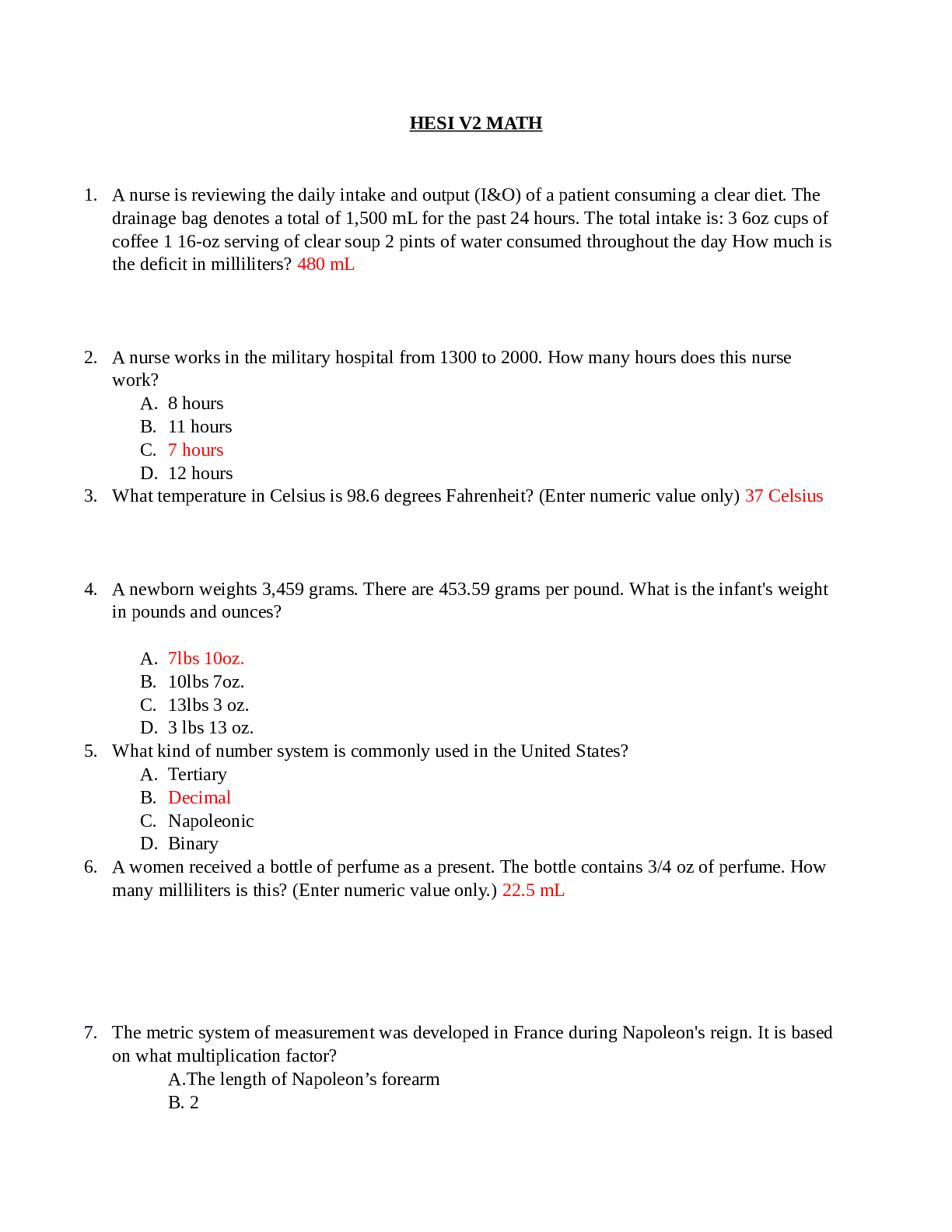
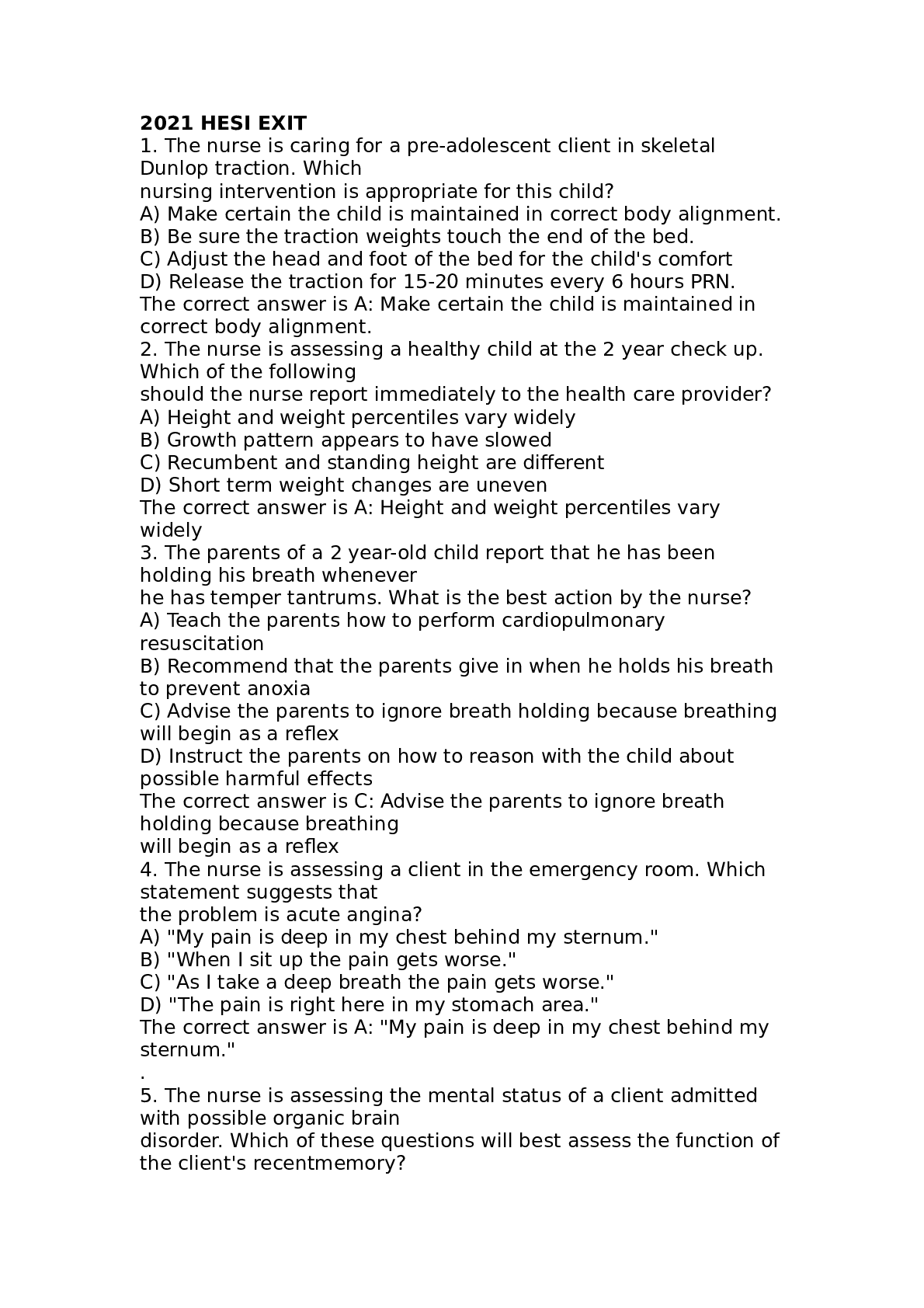
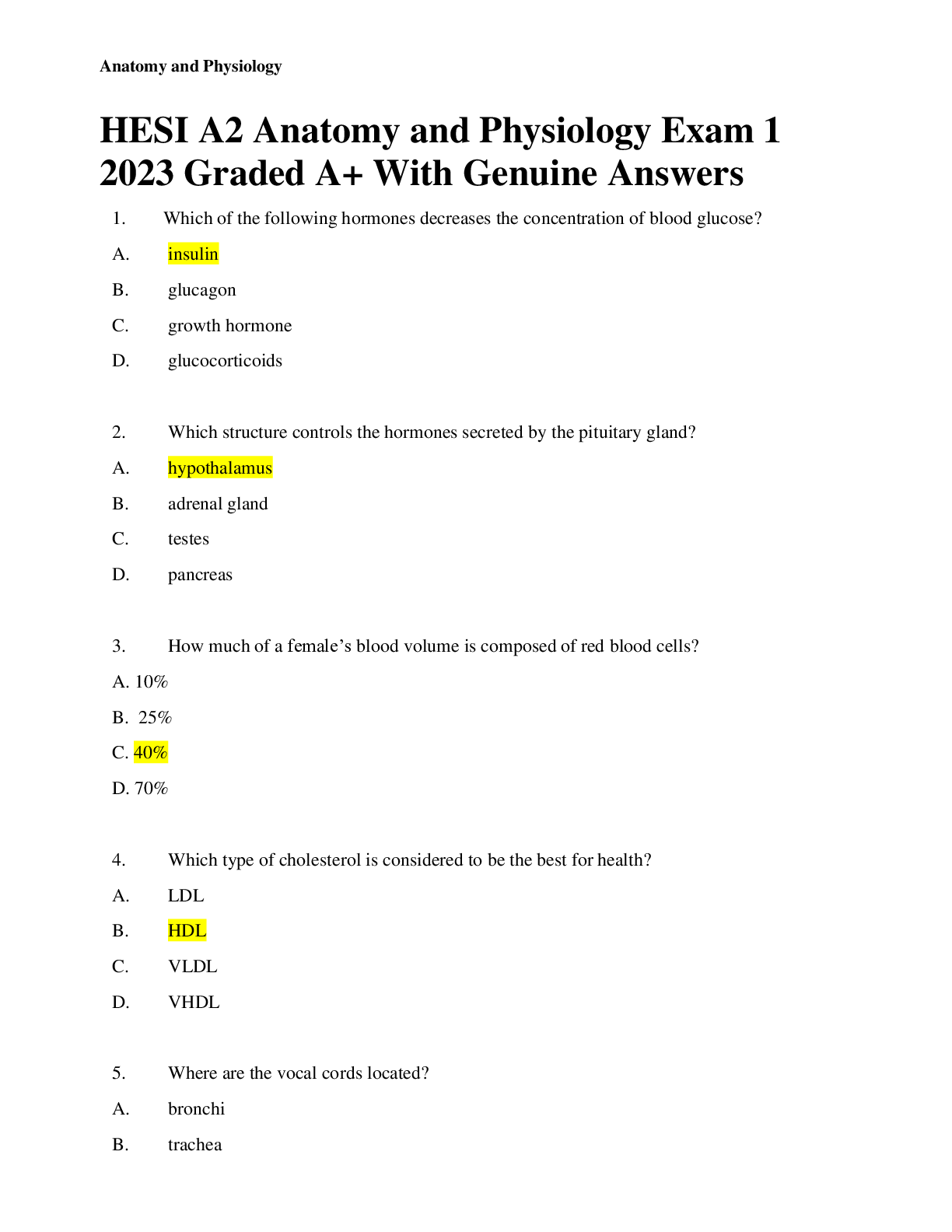
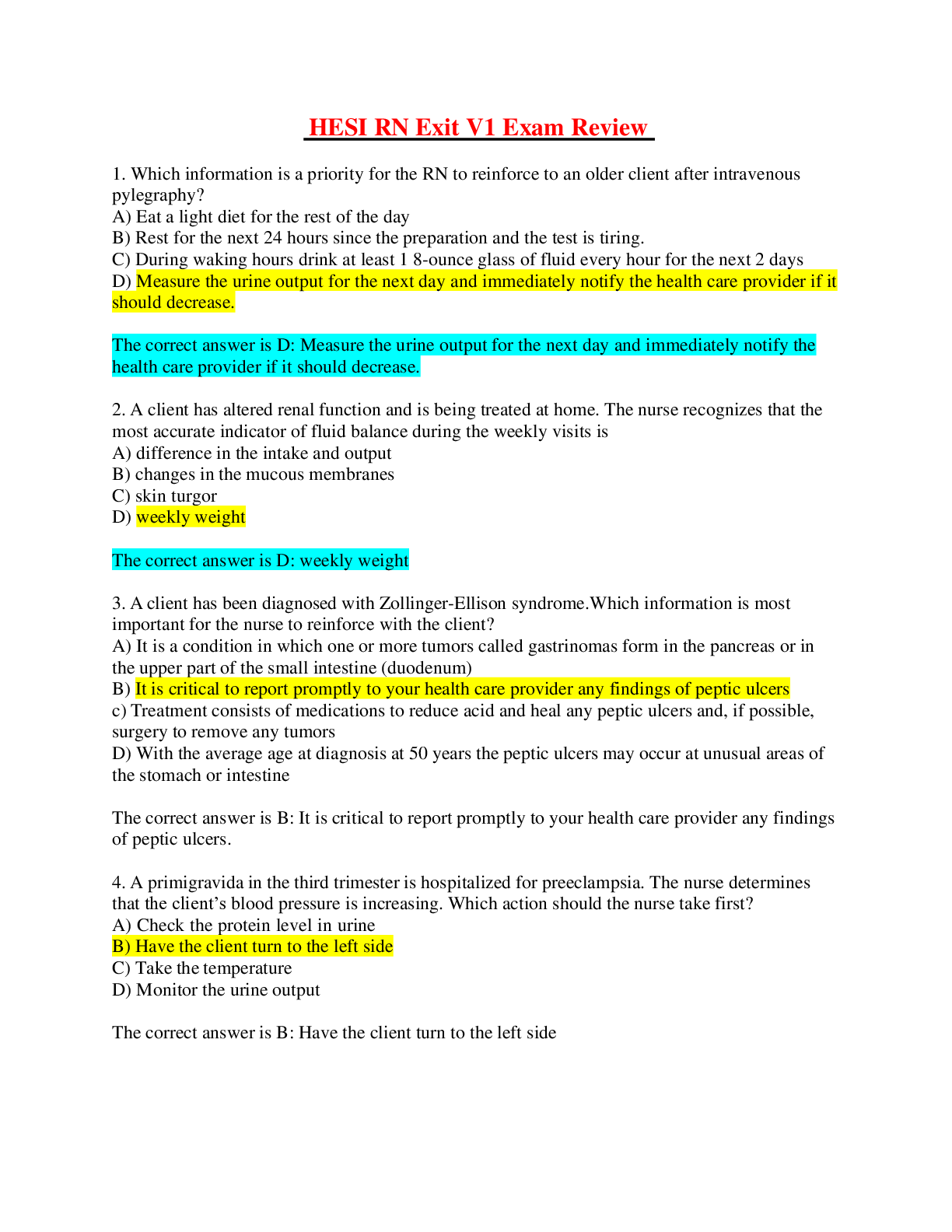
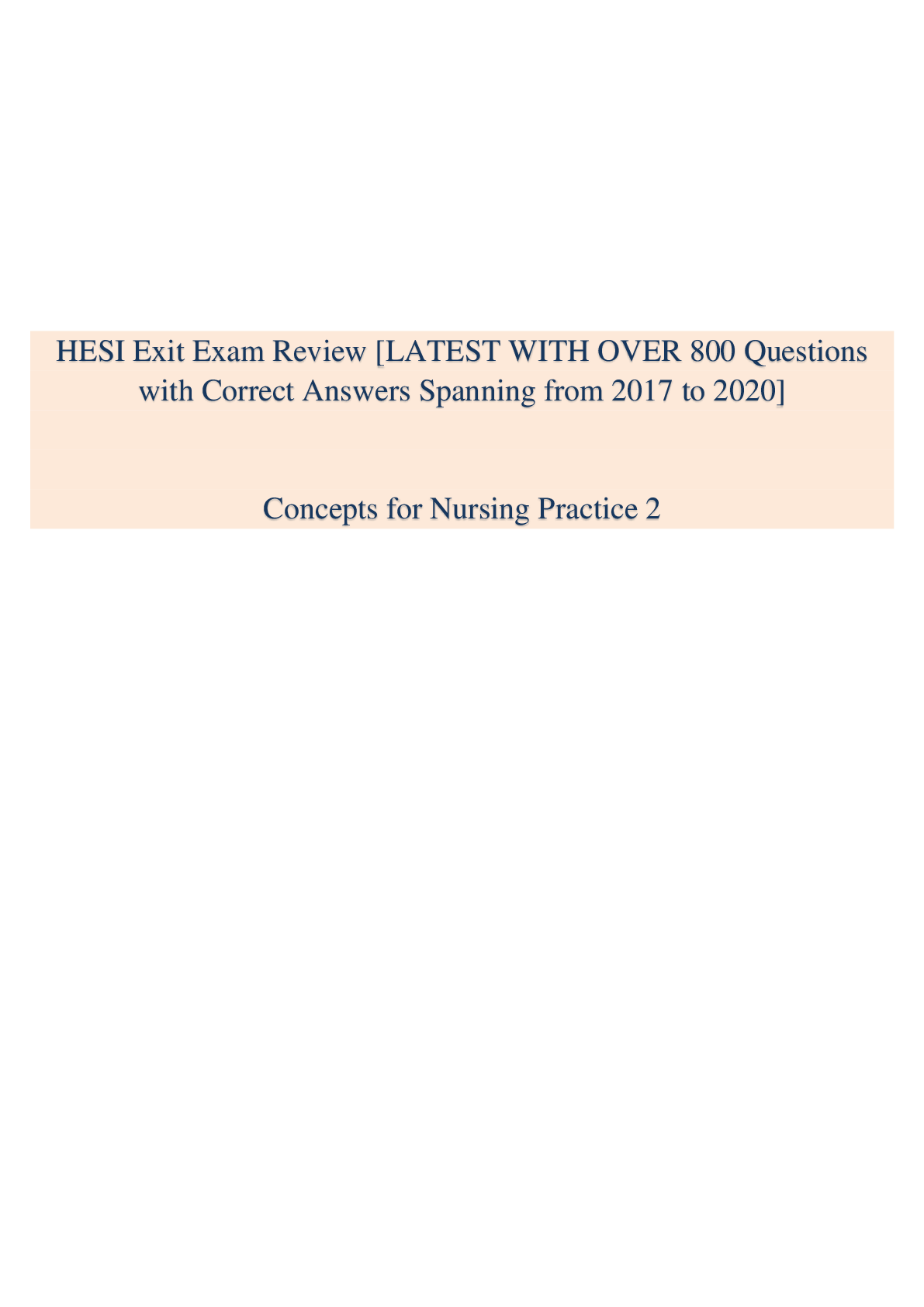
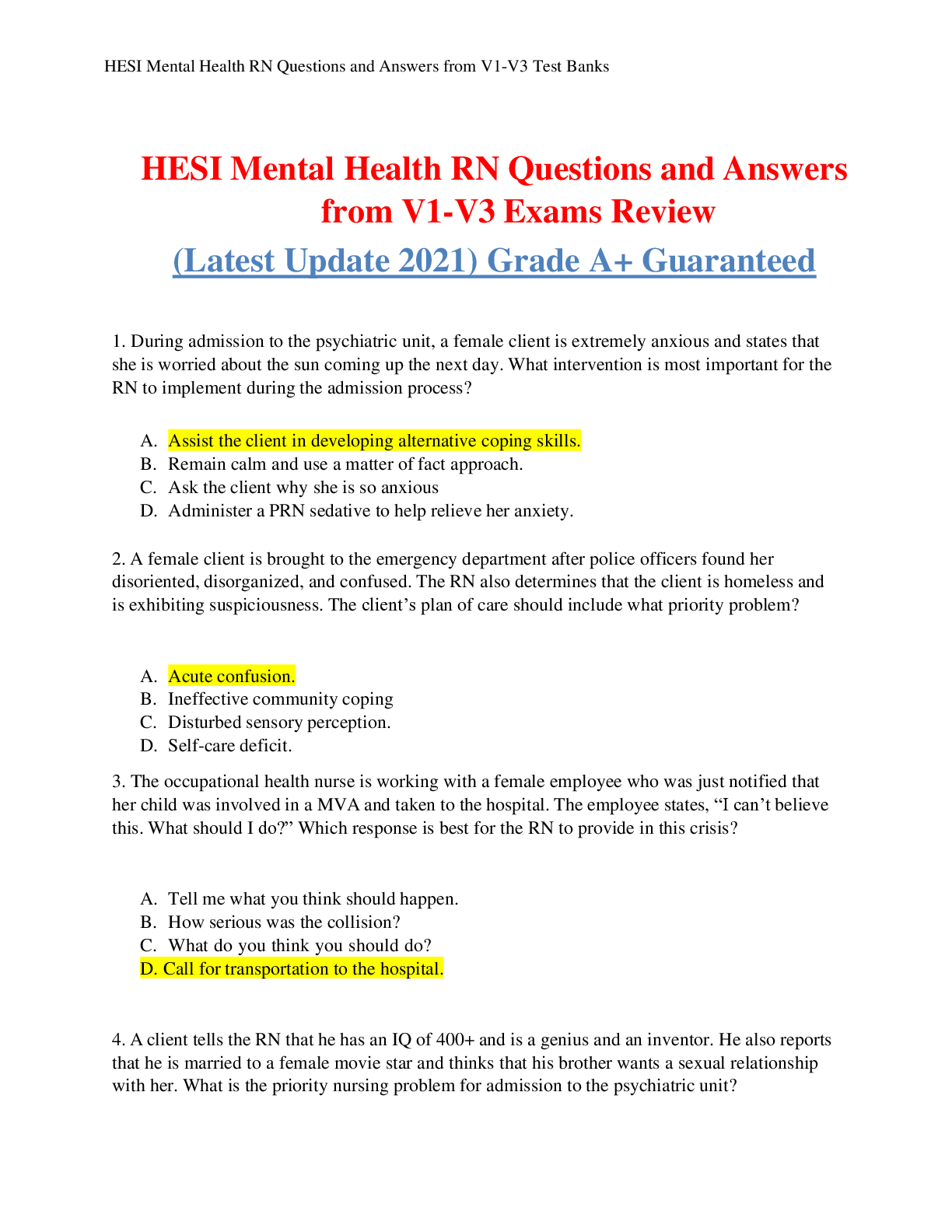
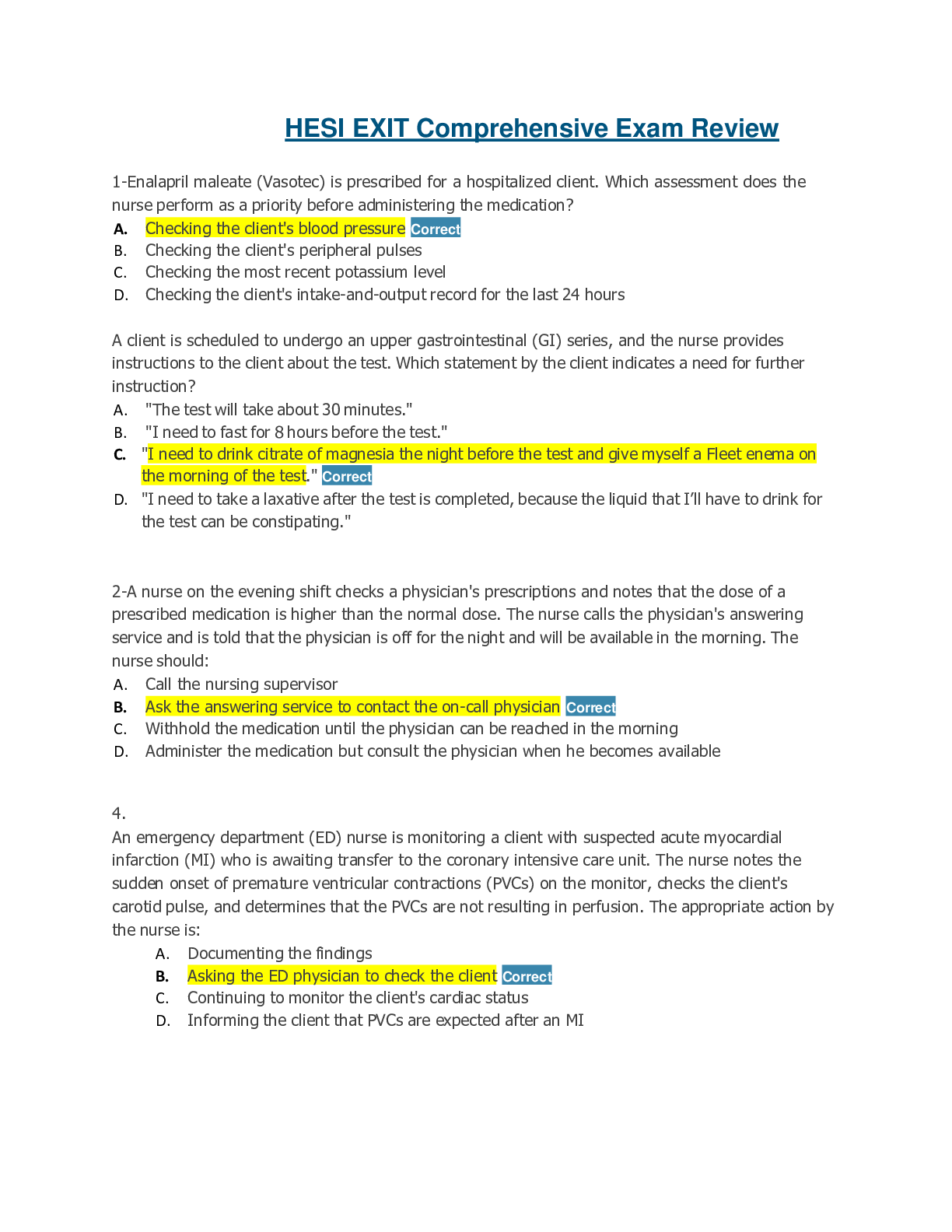
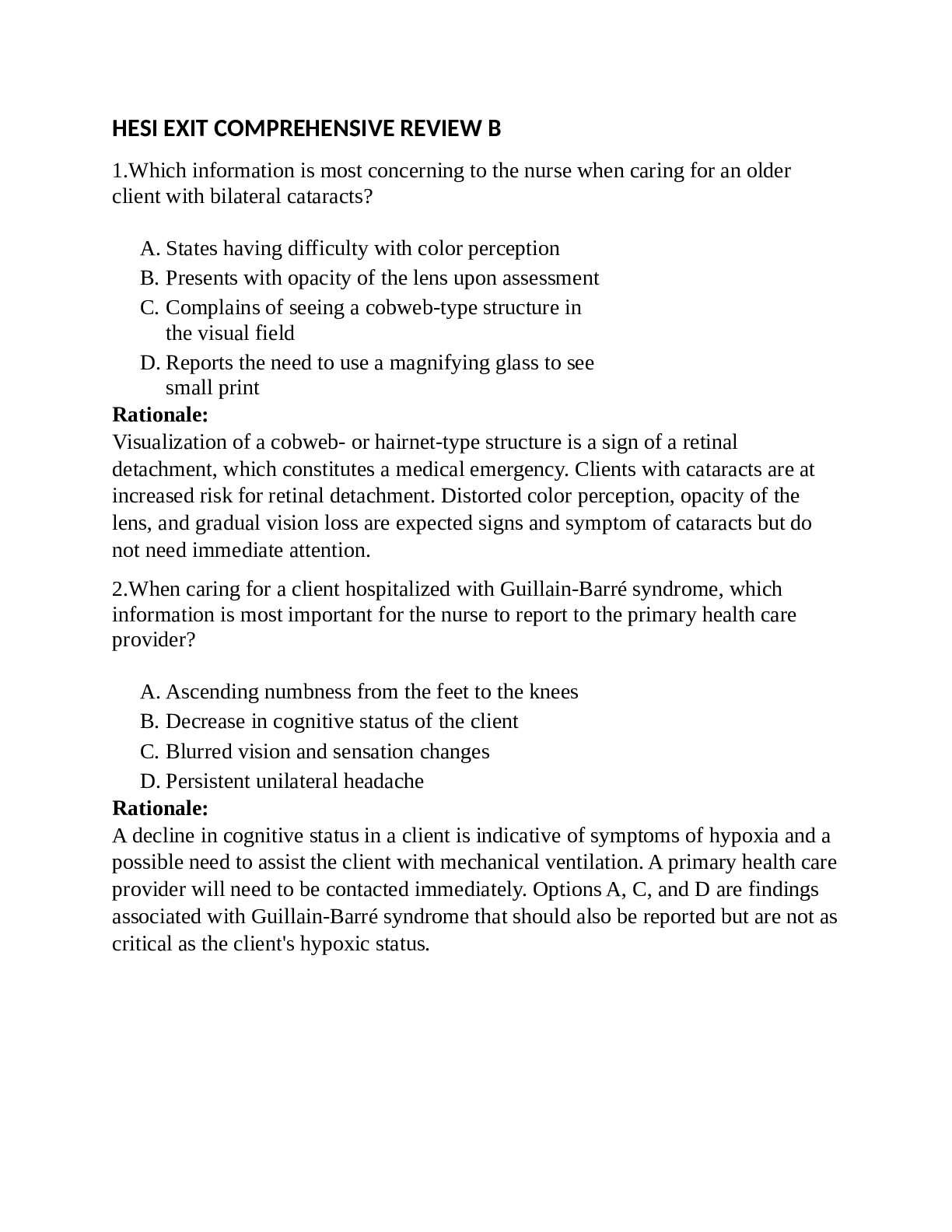
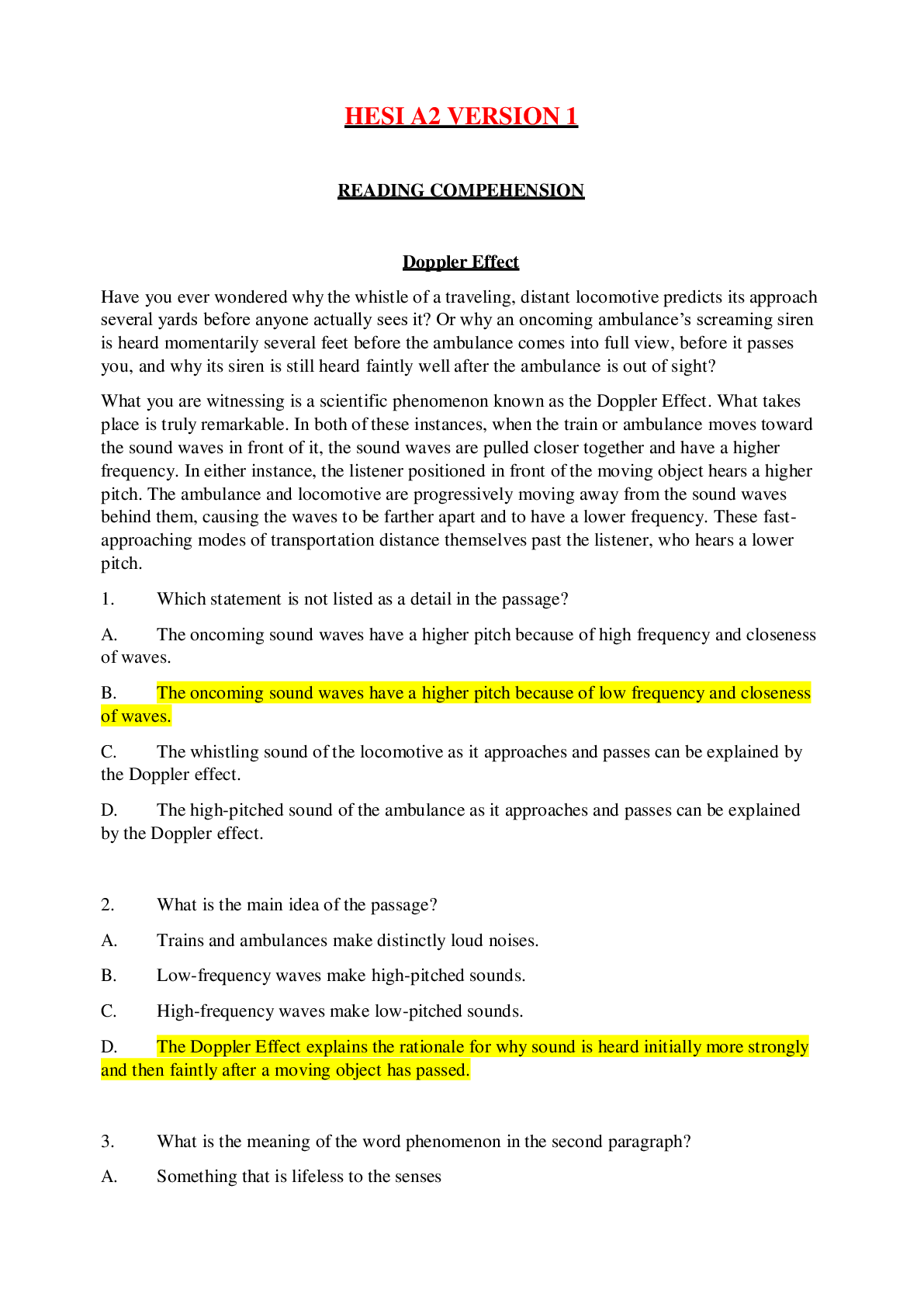
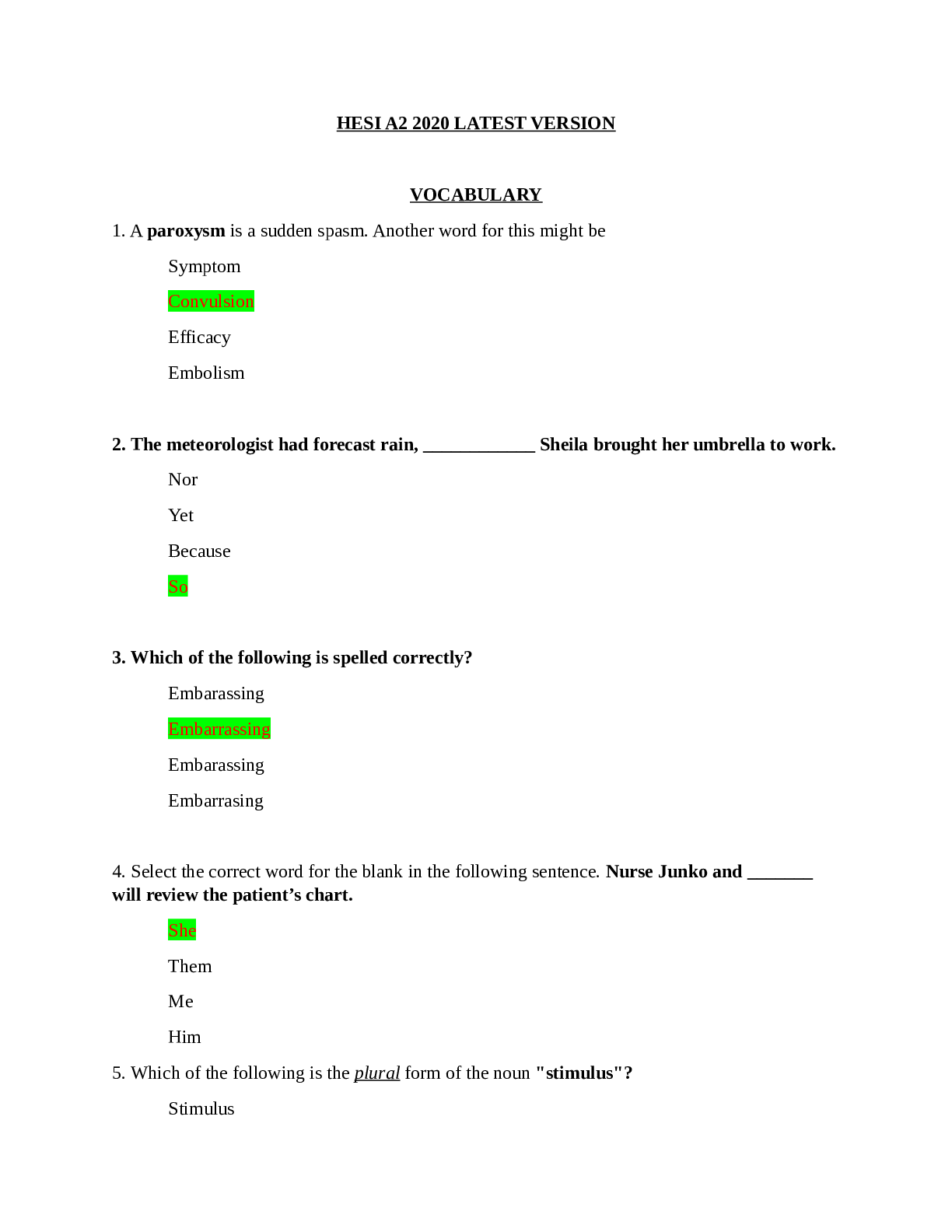
.png)
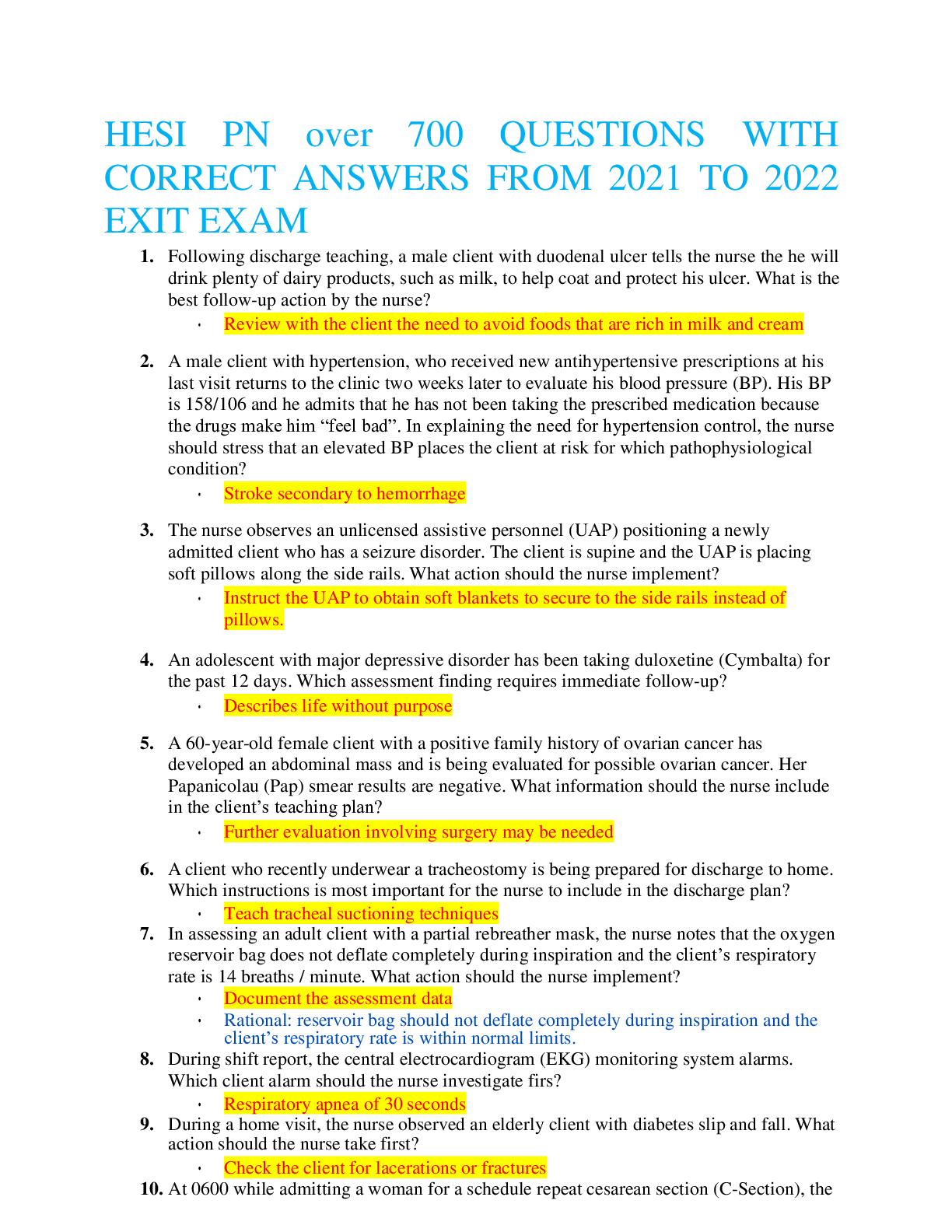
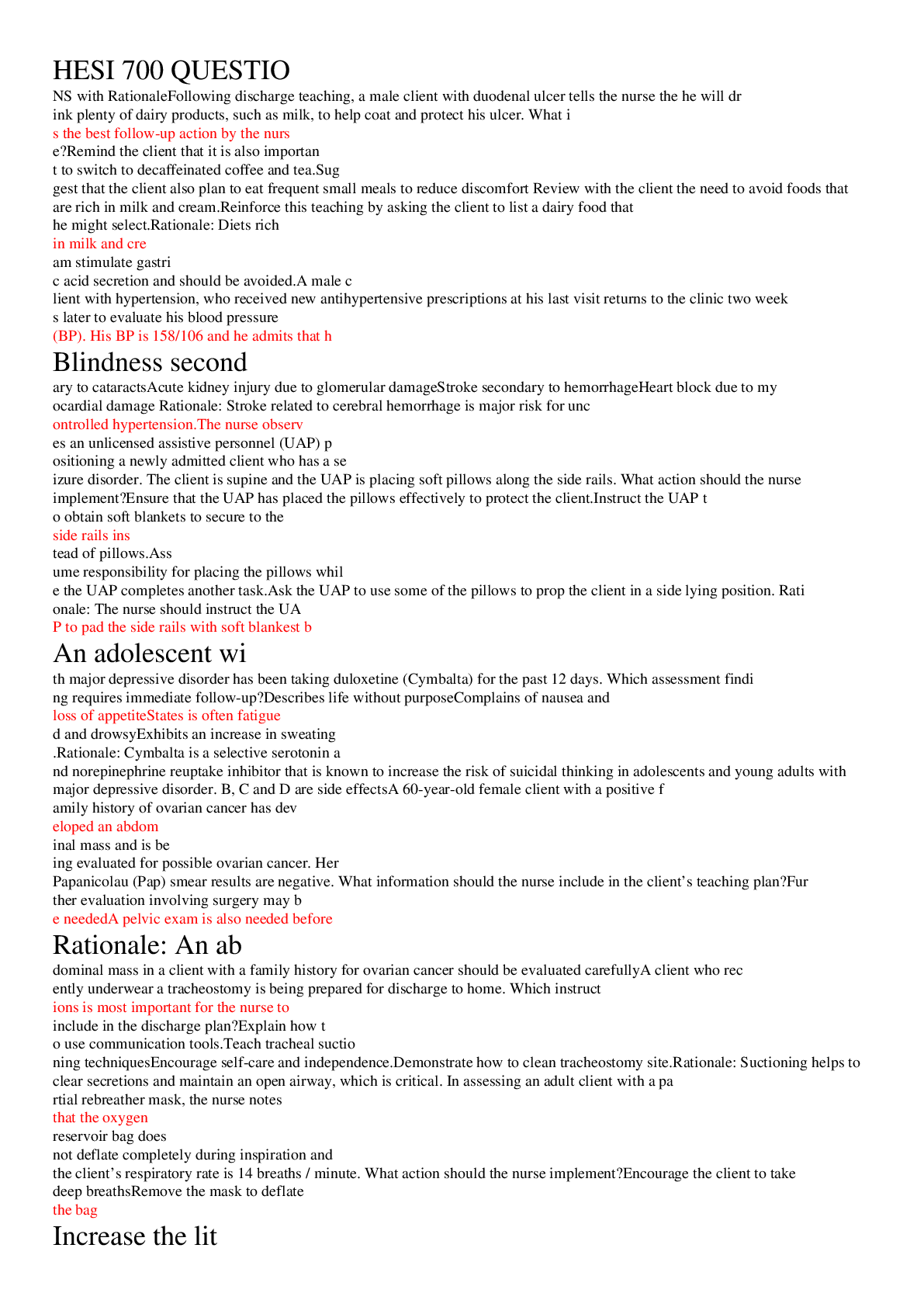

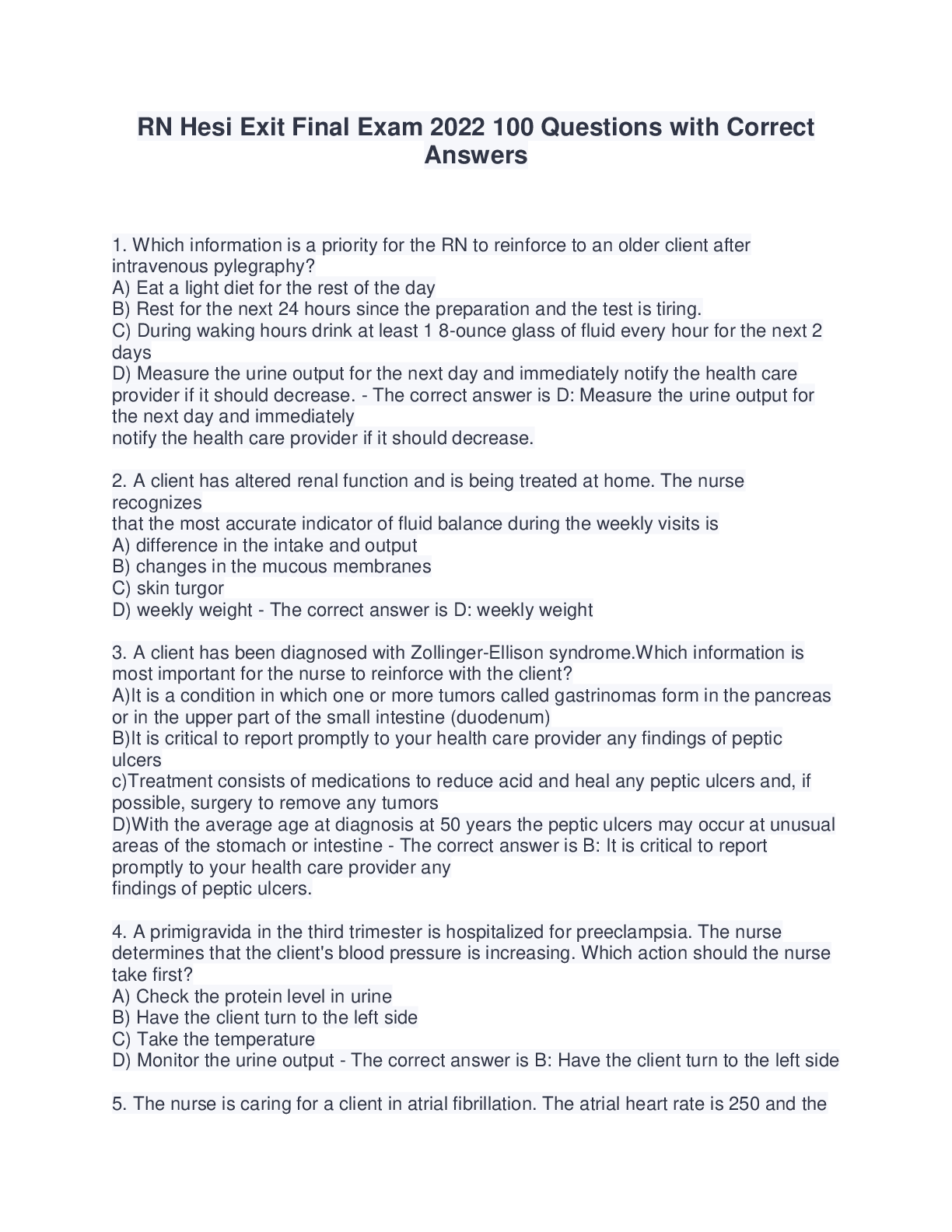



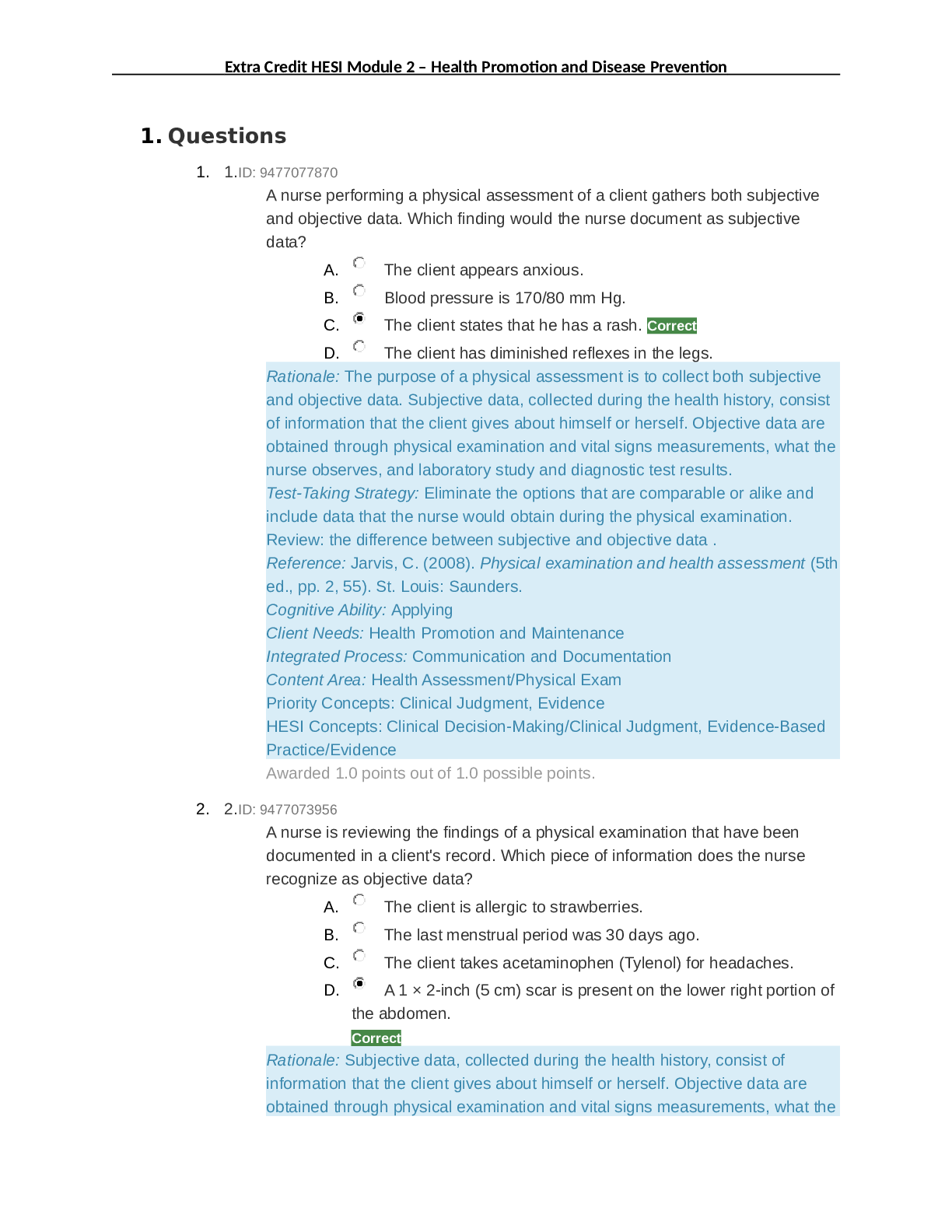
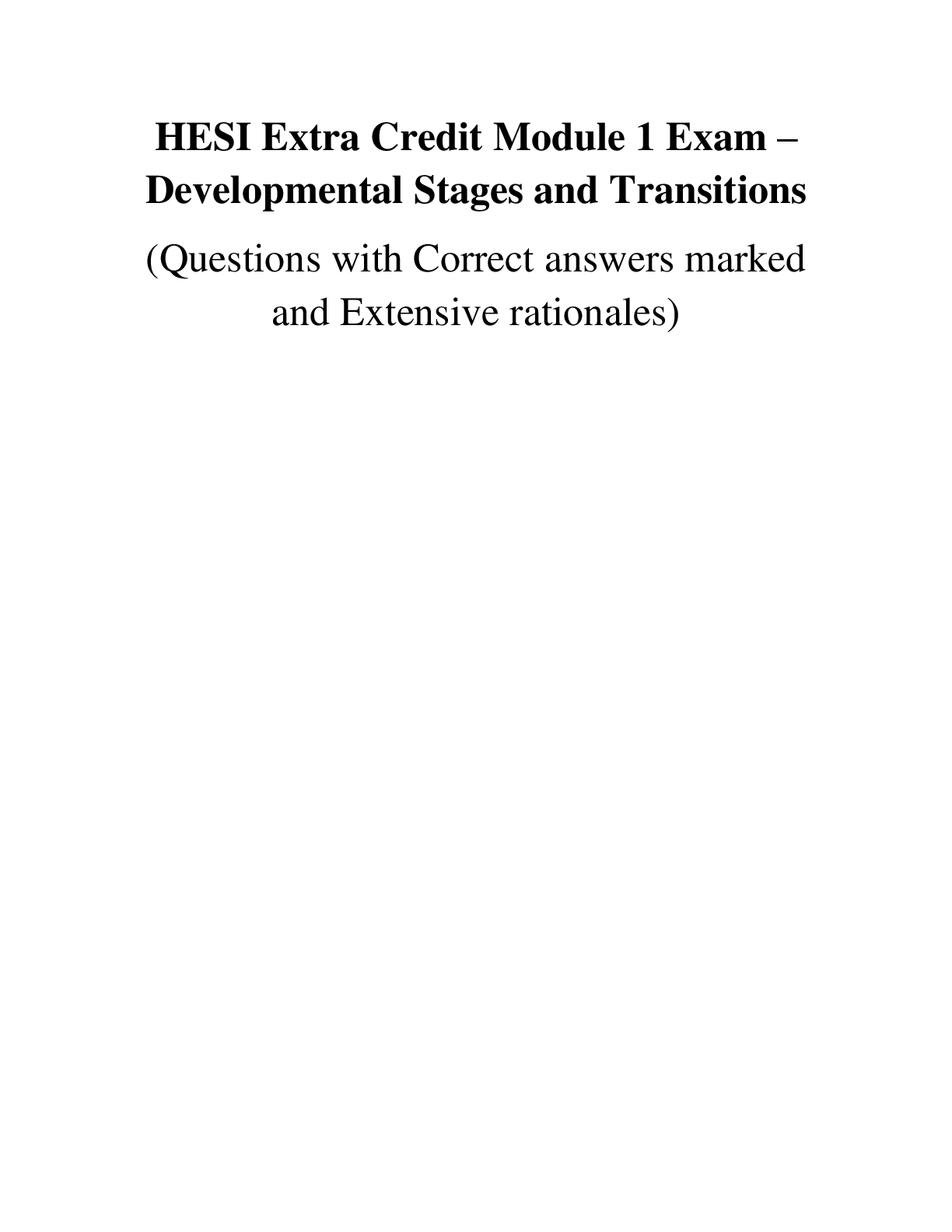
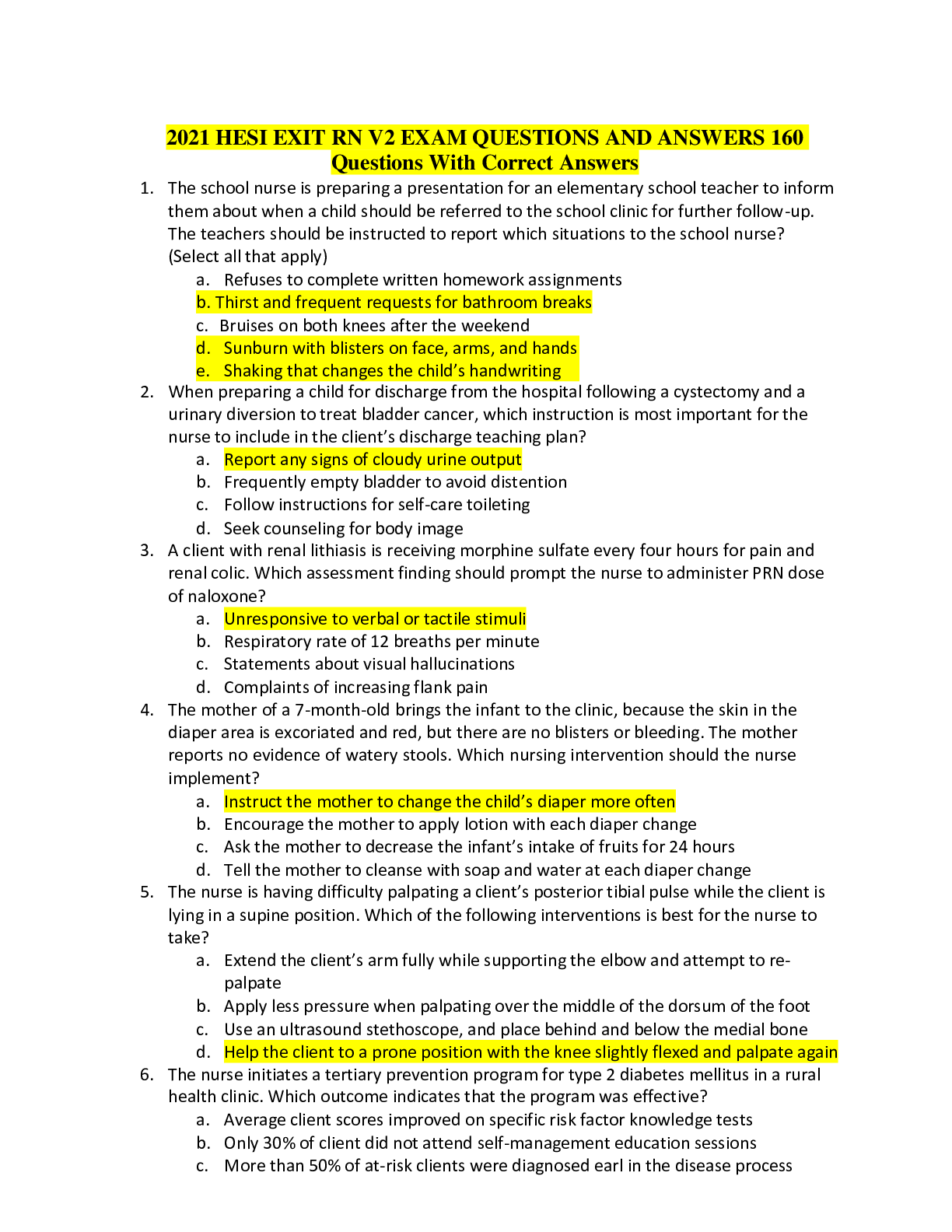

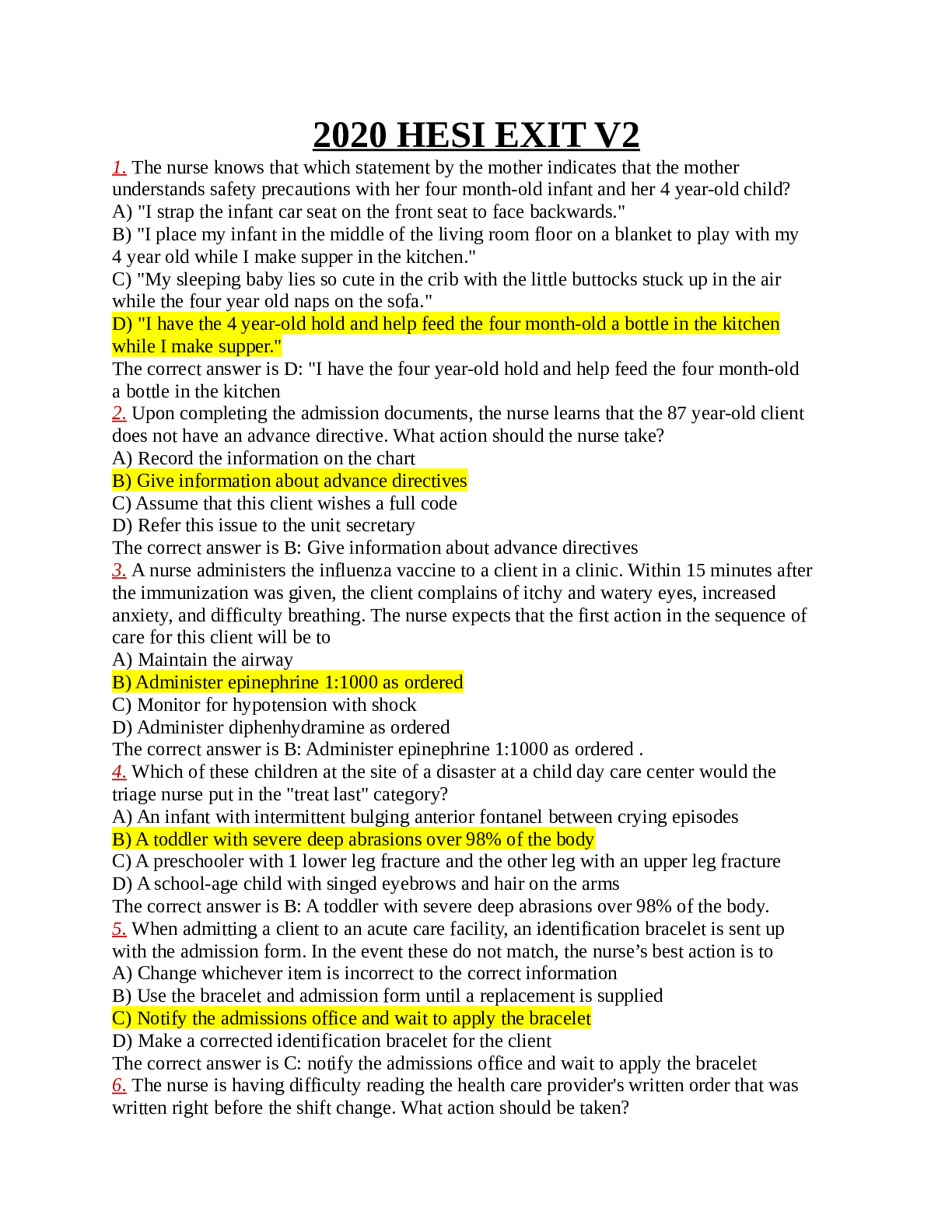
.png)

